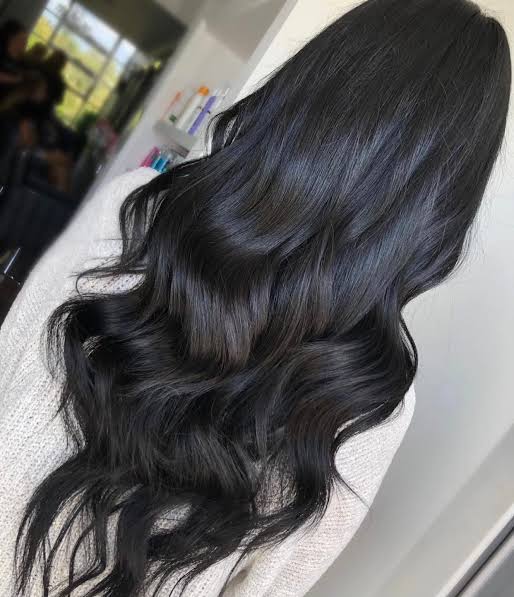Introduction
Teddy bears have been a beloved symbol of comfort, childhood, and warmth for over a century. From classic stuffed toys to digital illustrations, teddy bear images evoke feelings of nostalgia, love, and security. Whether used in photography, art, advertising, or social media, these cuddly creatures continue to capture hearts worldwide.
In this article, we’ll explore the history of teddy bears, the different types of teddy bear images, their emotional significance, and their role in modern media. We’ll also answer some frequently asked questions and conclude with why teddy bear images remain timeless.
The History of Teddy Bears and Their Visual Appeal
1. The Origin of the Teddy Bear (Early 1900s)
The teddy bear was named after U.S. President Theodore “Teddy” Roosevelt in 1902, following a famous political cartoon depicting him sparing a bear cub. This inspired the creation of the first stuffed teddy bears, which quickly became a cultural phenomenon.
2. Evolution in Design and Popularity
- Vintage Teddy Bears (1900s-1950s) – Early teddy bears had jointed limbs, glass eyes, and mohair fur. Black-and-white photographs and illustrations from this era highlight their classic charm.
- Modern Plush Bears (1960s-Present) – Companies like Steiff and Build-A-Bear introduced softer, more huggable designs. Brightly colored teddy bears became popular in advertisements and children’s books.
- Digital and Artistic Representations (2000s-Present) – With the rise of digital art, teddy bear images now range from hyper-realistic 3D renders to whimsical cartoon drawings.
Types of Teddy Bear Images and Their Uses
1. Photographic Teddy Bear Images
- Lifestyle Photography – Teddy bears are often photographed in cozy settings, such as beds, nurseries, or rustic backgrounds, to evoke warmth and comfort.
- Product Photography – Used by toy brands, gift shops, and e-commerce sites to showcase plush bears.
- Stock Photos – Commonly used in blogs, advertisements, and social media posts related to childhood, parenting, and gifts.
2. Artistic and Digital Teddy Bear Images
- Illustrations & Drawings – From children’s book illustrations to digital paintings, artists create teddy bears in various styles (realistic, cartoon, watercolor).
- 3D Renders & Animations – Used in video games, animated films, and advertising campaigns.
- AI-Generated Teddy Bears – With AI art tools, unique teddy bear images can be created in seconds, blending realism with fantasy.
3. Teddy Bears in Pop Culture & Media
- Movies & TV Shows – Winnie the Pooh, Paddington Bear, and Ted are famous examples.
- Memes & Social Media – Cute or funny teddy bear images often go viral, especially around holidays like Valentine’s Day and Christmas.
- Brand Mascots – Companies use teddy bears in logos and marketing (e.g., Care Bears, Snuggle fabric softener).
Why Are Teddy Bear Images So Popular?
1. Emotional Connection & Comfort
Teddy bears symbolize love, safety, and childhood memories. Images of teddy bears often trigger positive emotions, making them ideal for greeting cards, therapy, and sentimental gifts.
2. Versatility in Design
They can be cute, vintage, humorous, or artistic, fitting various themes—from baby showers to horror-themed edits (e.g., creepy teddy bears in thriller movies).
3. Universal Appeal Across Ages
While primarily associated with children, adults also collect teddy bears, making them a cross-generational icon.
4. Commercial and Marketing Use
Brands use teddy bear images to evoke trust, nostalgia, and warmth, especially in baby products, gifts, and comfort-related industries.
FAQs About Teddy Bear Images
1. Where can I find free teddy bear images?
- Stock photo sites: Unsplash, Pexels, Pixabay
- Public domain archives: Wikimedia Commons
- Toy company websites: Steiff, Build-A-Bear
2. Can I use teddy bear images for commercial projects?
Yes, but check the license. Some stock photos require attribution, while others are royalty-free. Avoid copyrighted characters (e.g., Winnie the Pooh) without permission.
3. What makes a great teddy bear photograph?
- Soft lighting for a cozy feel
- A clean, appealing background
- Focus on textures (fur, stitching)
4. How can I create my own teddy bear art?
- Draw or paint traditionally
- Use digital tools like Procreate or Photoshop
- Try AI generators (DALL·E, MidJourney) for unique designs
5. Why do teddy bears appear in psychological therapy?
They serve as comfort objects, helping reduce anxiety in both children and adults. Therapists sometimes use them in trauma counseling.
Conclusion
Teddy bear images are more than just pictures—they are a universal symbol of love, nostalgia, and emotional comfort. From vintage plush toys to modern digital art, they continue to inspire creativity and warmth across generations. Whether used in marketing, therapy, or personal art collections, teddy bears remain an enduring icon of innocence and joy.
As long as people seek comfort and connection, teddy bear images will always hold a special place in our hearts—and our screens.

